Can Police Use Drones Without a Warrant? YES, Police can use drones without an order, and they have for years.
However, the Fourth Amendment of the United States Constitution guards people’s right to privacy and provides more insights about regulating police use of drones. However, Police can now use drones without an order in certain unavoidable situations, such as managing and covering emergencies, keeping crowds under control and eyeing them, doing research, and rescue operations.
Those who talk about “Can police drones see in your house?” are becoming increasingly famous. My name is Ammar, and I chose to learn more about police drones and how they can be used without order and write an in-depth piece about it.
People are still arguing whether Police should be able to use drones without a warrant. People are very private and don’t like being watched without permission, and they want to be acknowledged before deploying a drone.
The international court said that monitoring from the air does not break people’s privacy. However, privacy advocates are still confused and think that drones are being used to spy on them without their knowledge.
Can Police Use Drones Without a Warrant?
There are different rules and laws about how to use these Unmanned Aerial Vehicles (UAVs) or Drones in each state in the USA.
For better city security, most states in the US let police departments use drones in cities without a warrant. This is because the only reason for this is to do better monitoring. Police drones can be helpful when evidence could be lost or hard to find without a drone’s eye.
After the Fourth Amendment was added to the US Constitution, law enforcement and police forces couldn’t use drones in ways that weren’t legal or planned.
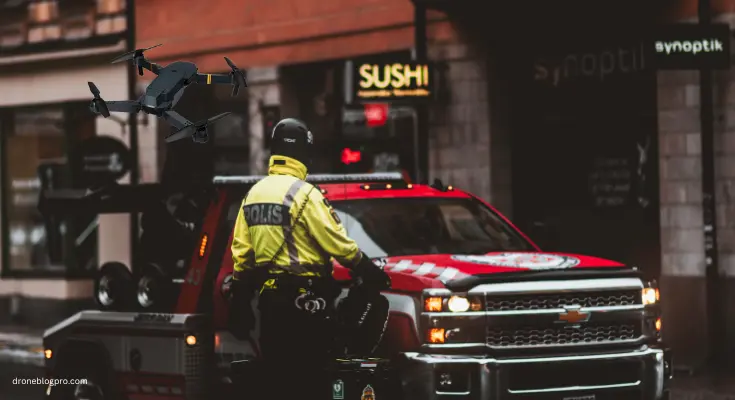
People who recognize police drones have different ideas about whether cops should be able to use drones without an order. Others say that Police can use drones without a warrant in specific emergencies, like disaster relief, illegal tracking, and nighttime monitoring. However, others say that this kind of use without a warrant is against the liberal act.
In Which Situations Police Can Use Drones Without A Warrant?
The problem of Police using drones without an order is controversial and complicated to decide from a single point of view. Police can use drones without an order in different situations, depending on where you live and the laws in your state.
This is a basic summary of the question, “Can Police Use Drones Without a Warrant?” Also, remember that different states may have different laws, and this guide may only cover some. For example, Texas, a state in the U.S., has declared it illegal to capture aerial snaps on private properties.
Sometimes, the cops can use drones without an order, which are listed below.
Exigent Circumstances
Police can legally utilize drone cameras when protecting people or evidence is paramount.
Search and Rescue Operations
Law enforcement officers can launch drones without prior acquisition during a high-speed chase. When it is imperative to find missing individuals, particularly in expansive or complicated landscapes, law enforcement might employ drones, with or without legal authorization, to enhance evidence gathering.
Public Safety and Emergency Response
Drones can be used without a warrant by Police and the military during crises such as natural disasters, fires, or other occurrences affecting public safety.
Traffic Management and Accident Scenes
Traffic flow is monitored and managed, and accident scenes are assessed to help in investigations. Because, given the circumstances, obtaining one would be ridiculous.
Border Patrol and National Security
Border and vital infrastructure surveillance to improve national security and deter unlawful activity.
Monitoring Crowded Events or Public Spaces
Providing public safety during huge gatherings, events, or protests while adhering to privacy laws.
Training and Equipment Testing
For training purposes and testing the capabilities of the drone, provided it does not violate privacy rights.

United States Drone Laws
Above, given the ongoing nature of this discourse and the multitude of controversies surrounding the warrantless use of police drones within the city. While some states in the United States permit Police to use drones without a warrant, others do not. The following is a compilation of some:
North Dakotaove
According to Section 29-29.4-01, in North Dakota, the Police and other law enforcement must have a warrant to use a drone for any purpose. They cannot deploy a drone without a warrant for surveillance, search and rescue operations, crime investigation, etc.
California
According to the California Electronic Communications Privacy Act (CalECPA), Police drones are not allowed to fly freely in the air without a warrant.
Florida
Florida law enforcement has imposed restrictions on law enforcement to have a warrant for using drones for surveillance and other operations.
Indiana
Sometimes, Indiana law enforcement must get an order before using Police Drones in Indiana.
Montana
Montana Laws do not allow Police and Law Enforcement to use drones without a warrant.
New Hampshire
New Hampshire imposed restrictions on police and law enforcement to use drones without a warrant except in some emergencies.
Oregon
Oregon has a set of laws that restrict law enforcement and Police departments from using drones without a warrant in most cases.
North Carolina
North Carolina has laws: ” Law enforcement can conduct surveillance and search operations only if they have a warrant; otherwise, flying drones in the air is not allowed”.
Minnesota
Minnesota is a US state that requires the Police department to obtain a warrant before any drone mission in the city.
I think your question, “Can Police Use Drones Without a Warrant?” is still straightforward so far.

Legal Framework Of Police Drone Use
Lawmakers have been working to establish rules and regulations to fix this controversy about police drone use.
Laws about how cops can use drones are complicated and have been up for years. Some states have now passed laws about how cops can use drones because of this heated talk. To make things easier and give the city better protection, police officers use drones. Some people feared someone would be watching them in their private area.
Lawmakers are still working to fix this controversy and make a Legal Framework for Police Drone Use.
In 2012, the United States Supreme Court passed the constitution allowing GPS tracking technology in a suspect’s vehicle. After this rule, using Drones by Police was encouraged with advanced technologies.
Some states have approved their decisions regarding using police drones, while others are still under negotiations.
The Federal Aviation Authorization (FAA) has made apparent rules and regulations for police departments and other civilian drone use in the cities for using drone cameras in civil areas. There are regulations in place for citizens who attempt to break the law by using police drone jammers to seize control of police drones.
According to Federal Aviation Authorization (FAA), the Police Dron pilot is not authorized to fly drones above a certain altitude limit, specific areas to fly over, the use level of data retention technology, flight path and the scenarios for using a drone.
The ethical way for Police to use the Police is to obtain a Certificate Of Authorization (COA), in which all the rules are mentioned for the safe use of police drones.
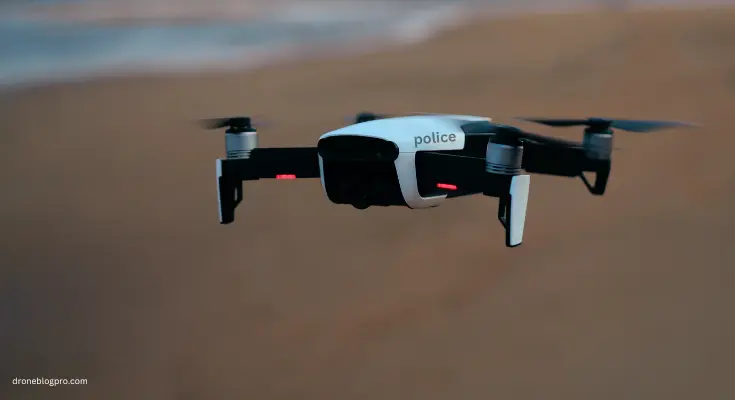
4th Amendment of the Constitution
According to the Constitution’s Fourth Amendment, the police and law enforcement should obtain a warrant before conducting a search operation and surveillance.
The 4th Amendment of the Constitution says that everyone should have the right to feel safe in their homes. It is illegal to take pictures and movies of people without their permission from drones.
Because of these problems, privacy security against government meddling has existed since 1971.
Most states have passed a law for police departments and law enforcement agencies to use drones, and they have to obtain a warrant before surveilling in urban areas. A list of these states where using a drone without a warrant is not allowed.
| Number | Country |
| 1 | North Dakota |
| 2 | California |
| 3 | Florida |
| 4 | Indiana |
| 5 | New Hampshire |
| 6 | Oregon |
| 7 | North Carolina |
| 8 | Minnesota |
There’s no question that drones are valuable tools for police forces in their investigations. However, police and other law enforcement should know that it’s their job to be honest about how they use drones because they are directly affecting people’s privacy. And should keep the people informed about when cops use drones.
If you want to learn more about the rules for drone use, read on. The next part will discuss the consequences of breaking the drone rules.
Penalties Of Illegal Use of Drones
Using drones against the laws in high-security facilities can result in severe punishments like high fines and imprisonment from the FAA.
Possible Punishments for Illegal Drone Use:
- Imprisonment
- High Fines
If you are caught flying a drone over a prison or other government-restricted area, you must spend five years in jail and fined up to $250,000.
Suppose you are caught using drones illegally for any suspicious activity. In that case, there are different options for law enforcement to charge you with any possible offense based on the type of location and your activity. Some casualties are given below:
- You may be accused of being involved with a spy from a foreign country
- You may be accused of being a sale of sensitive information for any reason.
- It would be best if you disobeyed the country’s rules and regulations, and there is no compromise.
- You are charged more than $250,000.
- The different states have their imprisonment period for this act of blame, with a minimum period of 5 years.
Why Police Should Not Use Drones Without A Warrant?
Drones for Surveillance are a great new tool for cops and other law enforcement agents. Since drones make monitoring easy, the cops can do it anywhere without much trouble. But people who care about privacy aren’t happy with what the cops did. People there think that drones are bothering them, and they want to enjoy their free time without being watched by cops. They always talk about warrants to use drones.
Drone use in cities is a controversial issue that needs more discussion. Drones can only fly at certain times and places and can’t go very high.
In some states, police officers must notify the public before using drones.
Some people also don’t like police drones because they think technology could fail at any time, and drones could fly into buildings and cause much damage. But honestly, today’s technology is so accurate that there is no record of a police drone crashing and hurting someone.
People are right to be worried about drone use, but with police drone tracking, people are safer from thieves and other crimes because the police are always watching what’s going on.
How are Police Drones Important For Surveillance?
There are more drones, also known as Unmanned Aerial Vehicles (UAVs), on the market now than there were 20 years ago.
Police can also gain from this new technology since drones have the most up-to-date technologies, such as cameras and sensors.
Also, police forces in most states now use Unmanned Aerial Vehicles (UAVs) to help them with their investigations.
Drones (UAVs) are current technologies featuring cameras, thermal sensors, motion cameras, radar cameras, etc. Police and law enforcement authorities investigate them.
There are infrared sensor cameras on the drones. These cameras help the police drones see any odd movement, even through walls and roofs.
In case they are on a war mission, police drones can also pick up on any radioactivity.
Police drones can pick up the radio waves that cell phones and other devices send.
These modern drones let the police control the whole area, including people, things, and actions on the ground. This helps them find enemies and track them down.
We get the following information if we list how police use drones to spy on people. To help you understand better, I’m writing as a table.
| Surveillance Methode | Description | |
| Aerial Observation | Utilizing drones to observe and monitor areas from an elevated position, providing a comprehensive view of the surroundings. | |
| Live Video Feed | Streaming real-time video footage to a control center allows law enforcement to monitor events or situations as they unfold. | |
| Thermal Imaging | Using infrared technology to detect and visualize heat signatures enables identifying people or objects in various lighting conditions. | |
| License Plate Recognition | Employing cameras and software to capture and analyze license plate information for tracking vehicles and identifying potential suspects. | |
| Facial Recognition | Implementing facial recognition algorithms to identify and track individuals, potentially aiding in locating wanted persons or enhancing public safety. | |
| Crowd Monitoring | Overseeing large gatherings or events to ensure public safety, manage crowds, and respond quickly to any potential issues or threats. | |
| Search and Rescue Assistance | Assisting search and rescue operations by providing an aerial perspective to locate missing persons or individuals in distress, especially in challenging terrain. | |
| Traffic Surveillance | Monitoring traffic patterns, identifying traffic violations, and managing road safety through the use of drone technology. | |
| Environmental Monitoring | Surveying and assessing environmental conditions, such as wildfires, pollution, or natural disasters, to aid in emergency response and management. | |
| Critical Infrastructure Protection | Securing and monitoring critical infrastructure, such as power plants, airports, or government facilities, to prevent unauthorized access or potential threats. | |
| Investigative Support | Supporting criminal investigations by providing additional visual evidence, monitoring suspect activities, and aiding in case resolution. | |
| Public Safety during Pursuits | Drones can help law enforcement capabilities by tracking suspects from the air and providing valuable information to ground police drone operators. | |
| Disaster Response and Assessment | Drones can facilitate effective emergency response and resource allocation in case of natural disasters such as hurricanes or floods. | |
Do Police Drones Work In The Future?
Well! There are a lot of technical, regularity, and social factors that make it hard to say for sure what the future holds for drone use in police homes. It’s hard to say for sure what the future holds for drones in the police department, but I can talk about some of the trends and options emerging from how drone technology is currently being used in law enforcement.
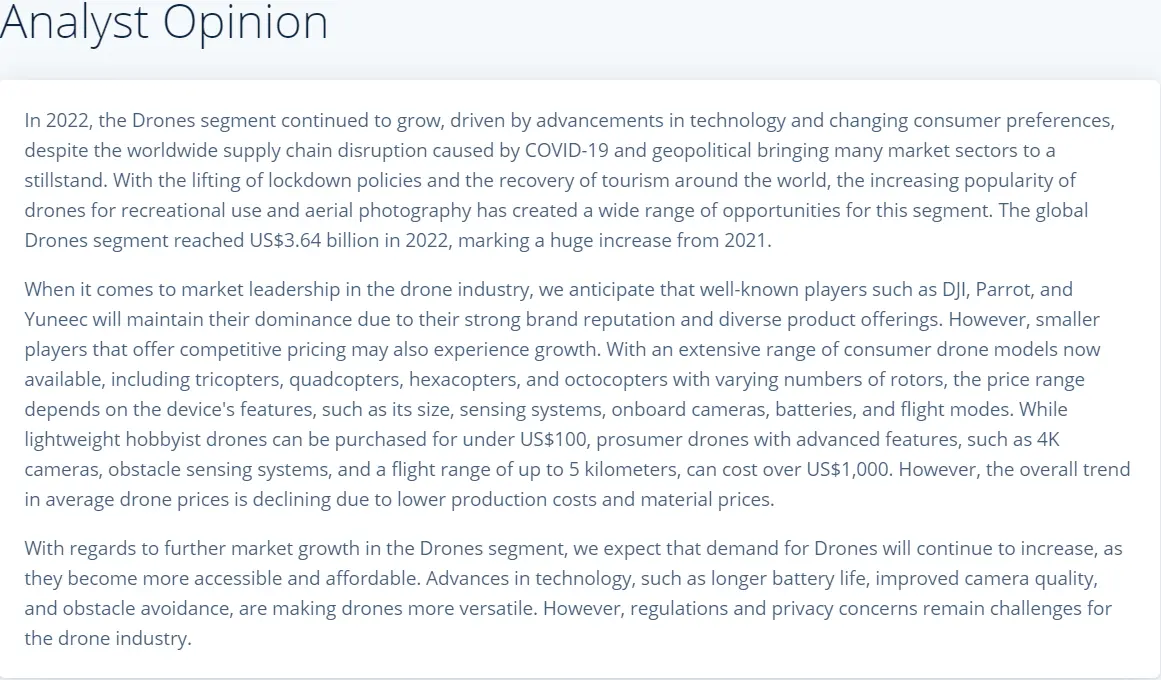
STATISTA.COM says that the drone segment grew in 2022 thanks to better technology and changing customer tastes. This was true even though COVID-19 messed up the global supply chain, and politics stopped many market sectors in their tracks. As lockdowns are lifted and travel grows worldwide, more people are using drones for fun and taking pictures from above. This has opened up many possibilities for this group. In 2022, the world drone market was worth $3.64 billion, a big jump from 2021.
Drone Market Deep Analysis
Following is the deep Drone market analysis according to statista.com :
- The drone market is projected to reach a revenue of US$4.0 billion in 2023, with an anticipated annual growth rate of 3.20% (CAGR 2023-2028).
- China leads in global revenue generation, contributing US$1,394.0 million to the market in 2023.
- Per capita, individuals are expected to generate US$0.52 in revenue from the Drones market in 2023.
- The volume of drones in the market is forecasted to reach 9.3 million units by 2028, experiencing a growth rate of 8.3% in 2024.
- The average volume per person in the drone market is predicted to be 0.0 pieces in 2023.
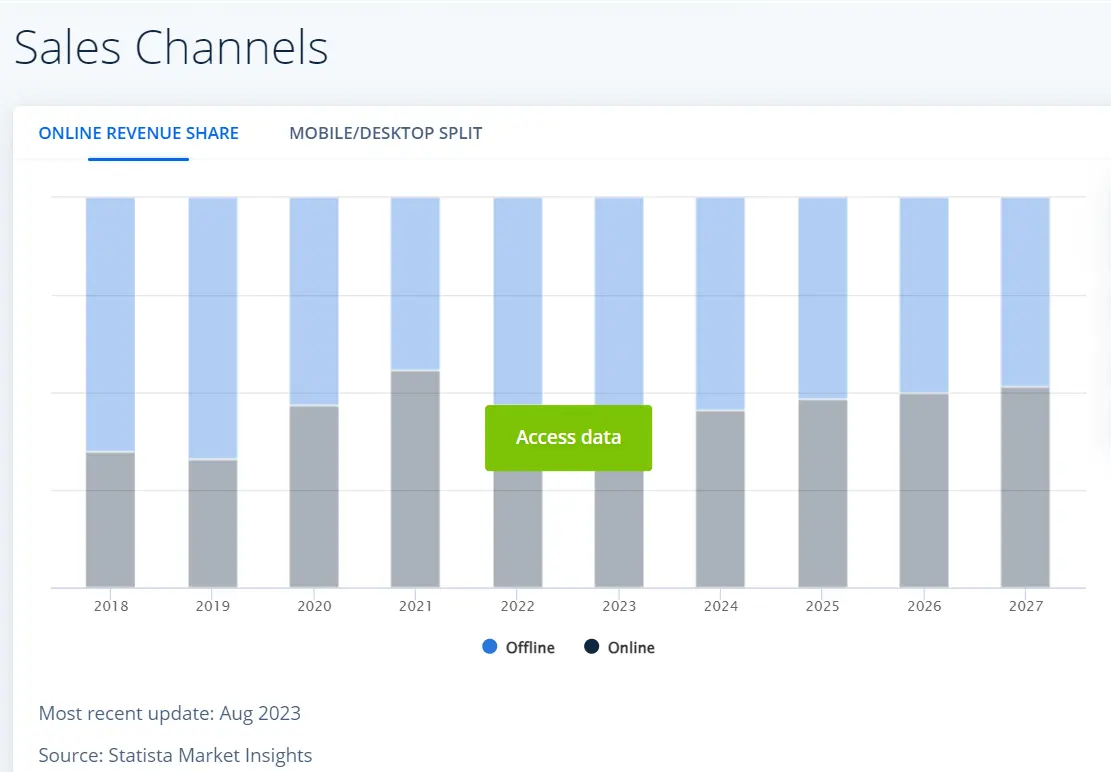
Increased Adoption:
As drone technology gets better, cheaper, and easier to use, more police stations may start using it. Drones can help police with many jobs by giving them valuable views from above.
Advanced Technology Integration:
Future drones might have better cameras, AI, and automatic systems, among other advanced technologies. This could make them better at monitoring, search and rescue, and other tasks related to law enforcement.
Enhanced Data Analytics:
Police officers may increasingly use data mining tools to deal with the vast amounts of data that drones gather.
This could mean looking for patterns, trends, and ways to be more aware of what’s happening around them.
AI and Facial Recognition:
With more practice, drones may be equipped with artificial intelligence and face recognition technology. This could help identify people, find wanted people, and improve the ability to investigate.
Collaboration with Other Technologies:
Drones could be used with new technologies like augmented reality, virtual reality, or even robotic ground cars. Working together could lead to more complete answers for law enforcement problems.
Regulatory Challenges and Privacy Concerns:
As the use of drones grows, there may be ongoing privacy problems that lead to arguments and new rules. A big task will be balancing keeping the peace and protecting people’s right to privacy.
Training and Standardization:
Police departments might spend more on training their cops on using drones legally and effectively. Standardizing the rules and procedures for police drone use may also be a focus.
Public Perception and Acceptance:
How the public feels about police using drones will be very important. Departments may need to talk to communities about their worries, teach people about the benefits, and ensure their drone programs are open and honest.
Emergency Response and Disaster Management:
Drones will be essential in responding to emergencies and managing disasters. Their ability to give real-time situational knowledge and evaluate affected areas can be beneficial during emergencies.
Research and Development:
Police will be able to use drones in the future thanks to ongoing study and development in the field. Working together between the public and private sectors could lead to new ideas and the creation of specialized drone features for law enforcement.
Recommended Articles
What Does A Police Drone Look Like At Night?
What Is The Difference Between Police Drone And Commercial Drone?
FAQs (Can Police Use Drones Without a Warrant?)
Can I shoot A Police Drone?
No, It’s never okay to hurt someone’s property. There is always a rule for how to handle everything. The FAA has made rules and laws about how police departments can use drones. Anyone who breaks the rules about drones will lose their license. It would be best to talk to your local government about this problem; that’s the only thing you can do.
Why Do Police Use Drones?
In the United States, different states have passed laws about how to use drones. If we ask this question, “Can Police Use Drones Without a Warrant?” to Los Angeles, remember that they have passed a commission telling its employees they can use drones.
Police use drones for various purposes, such as:
- Intelligence
- Crowd Monitoring
- Target Acquisition
- Surveillance
- Reconnaissance
Modern police drones can collect remote data because of modern technologies installed in them.
Can Police Drones See Through A Window?
Well! Not all drones have high-tech features, but police drones do. Their high-tech cameras and radar cameras can pick up on things moving.
How Long Can A Police Drone Stay In The Air?
Many people use drones, and the DJI M30T can stay in the air for up to 40 minutes. Bigger drones, like the Sky Hero Loki 2, can only stay in the air for 15 minutes.
How To Make A Drone Jammer?
After getting your answers, If you want to know about drone jammers, then yes, it is against the law to stop a police drone. For teaching purposes only, I’m giving you this information to help you learn how you can jam a police drone. Here are the steps:
- Get a 2.4GHz WiFi antenna.
- Get a 2.4GHz amplifier.
- Get a Power Supply Unit (PSU).
- Get a portable battery.
- Get a Pelican case and get ready. The Pelican Case to Put Parts Together
- Place all of the jammer’s parts inside the case.
- Add a control switch (on or off switch)
Conclusion
In some places, using a drone is allowed in some situations but not in others. This is something you should keep in mind. Police always respect people’s right to privacy, so they only use drones when they’re allowed to by the law.
Can Police Use Drones Without a Warrant? YES, Police can use drones in certain situations, such as:
- Search and Rescue
- Natural Disasters and Emergencies
- Traffic Management
- Critical Infrastructure Protection:
- Public Event Monitoring
- Training Exercises
- Community Outreach and Education
- Border Patrol and National Security
- Environmental Monitoring
- Immediate Threat Identification
- Disaster Response and Assessment
Everything has two sides. Drones are getting increasingly famous and used in almost every area, from news to fun.
On the other hand, people hate drones because they think they invade their privacy.
Law enforcement has found it easier to do several tasks thanks to drones. The military now uses drones for missions. You now know the answer to “Can Police Use Drones Without a Warrant?” and understand it better.

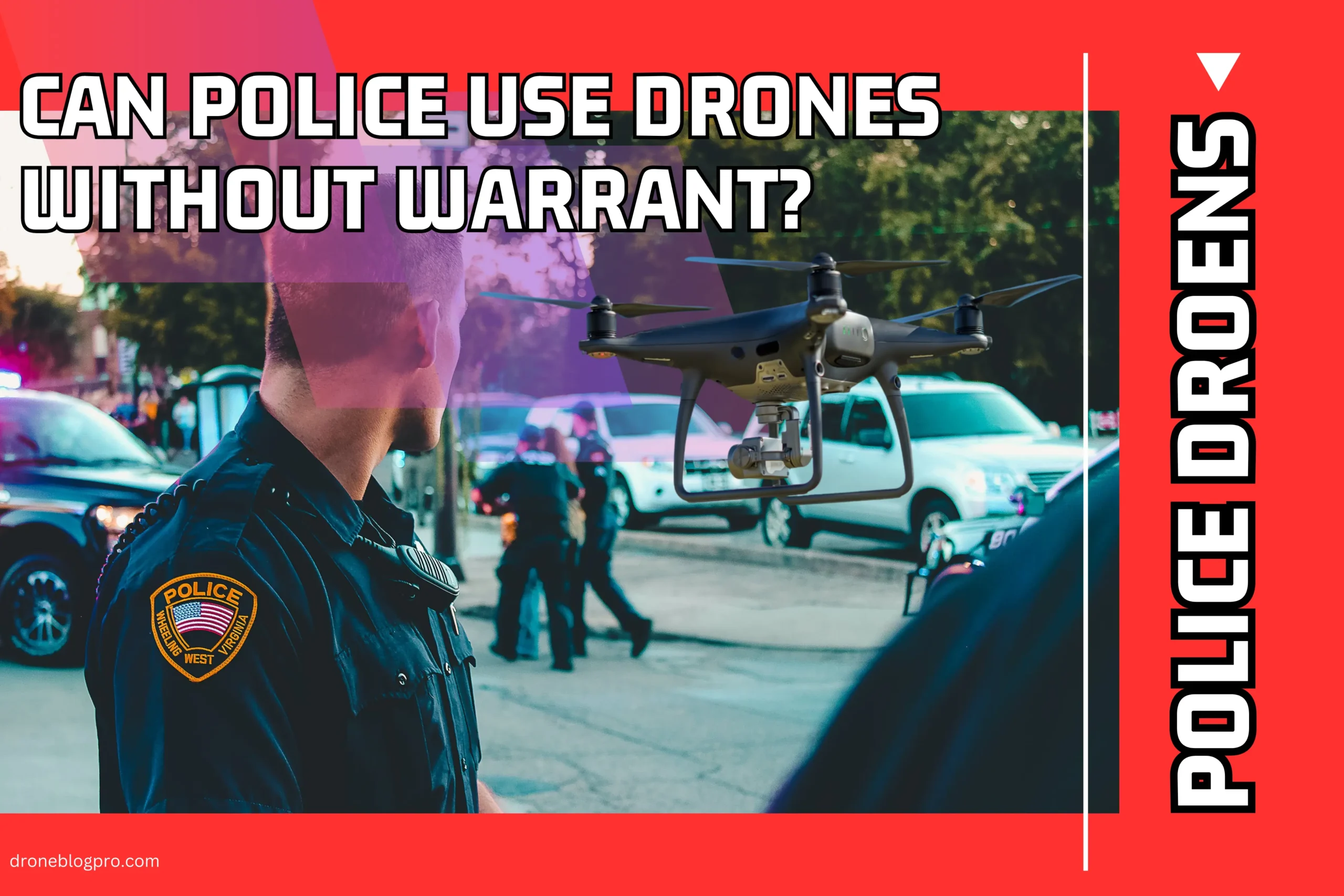

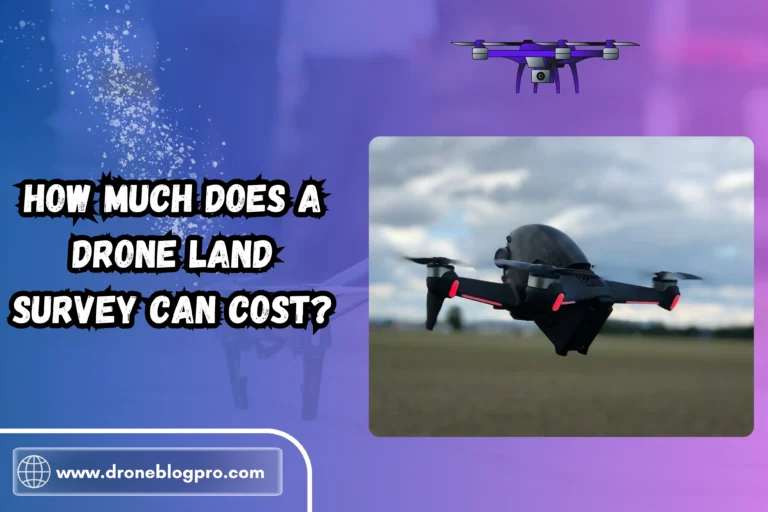
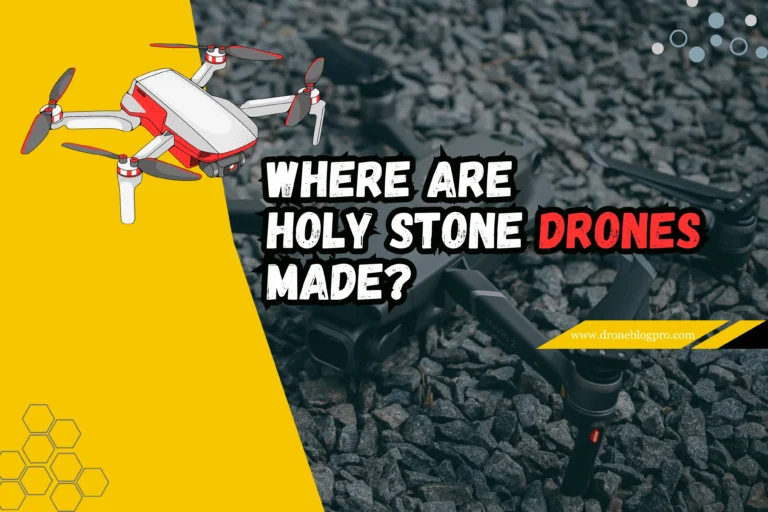
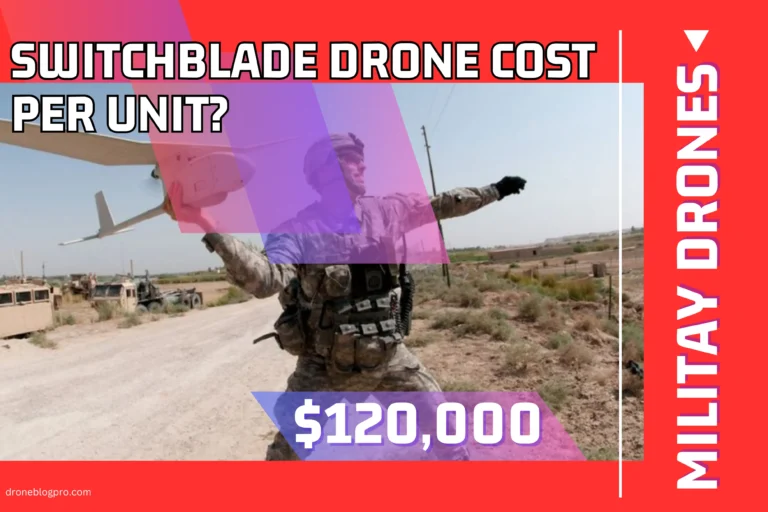
![Can I Fly a Drone Over a Police Station? [Latest Guide-2024]](https://droneblogpro.com/wp-content/uploads/2024/01/Can-I-Fly-A-Drone-Over-A-Police-Station-768x433.webp)
![[FIXED] How To Reset DJI Drone Wi-Fi? Latest Guide-2024](https://droneblogpro.com/wp-content/uploads/2023/12/How-To-Reset-DJI-Drone-Wi-Fi-768x512.webp)
Very informative guide! Good work dude👍